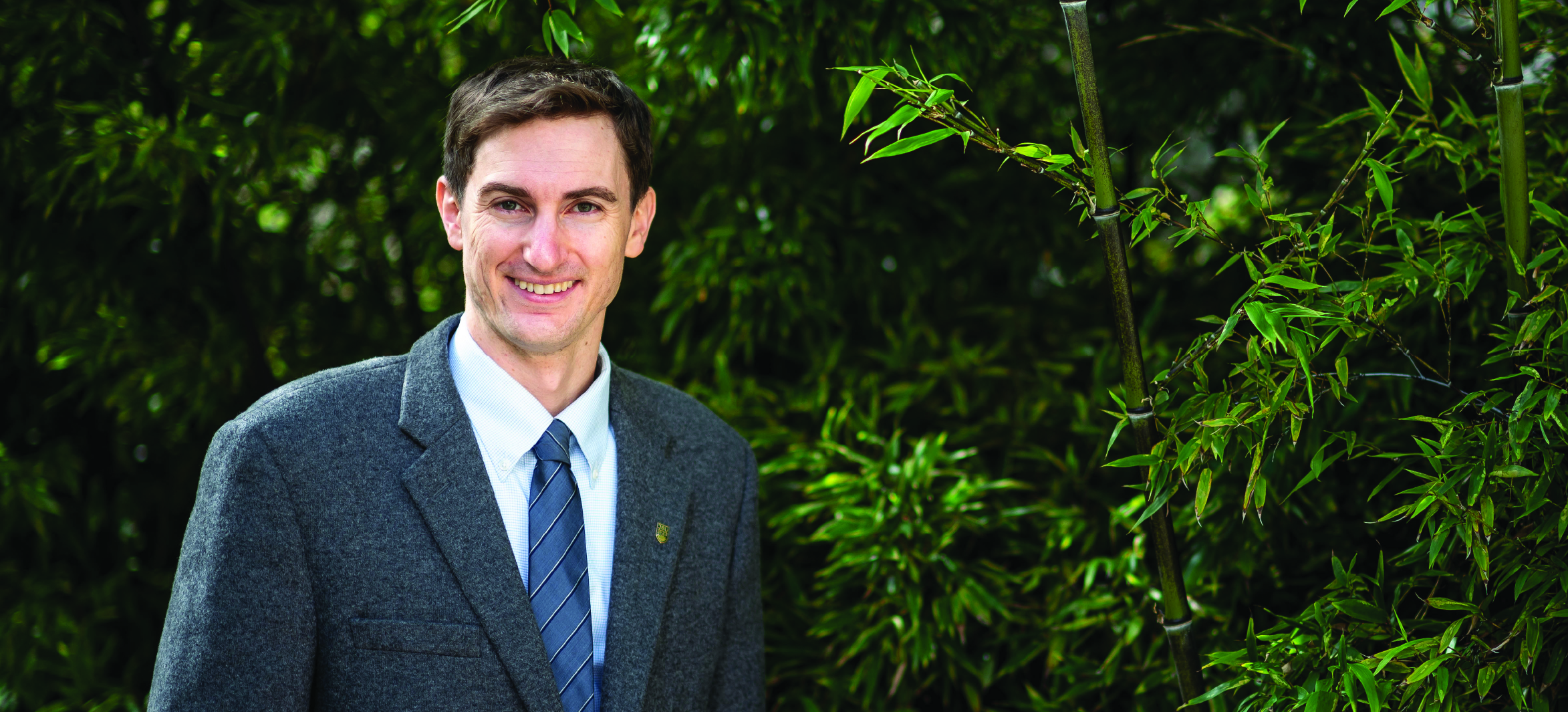British Columbia, nestled along the Pacific Ring of Fire, is no stranger to the threat of earthquakes. The province has the potential to experience a large-magnitude earthquake, which has not occurred in recent history. This unique situation has created a research gap, leaving experts with limited real-world data to assess the region’s vulnerability to this rare but powerful seismic events.
To address this gap and boost earthquake preparedness, we spoke with Assistant Professor, Dr. Trevor Carey, one of the recipients of the B.C. Knowledge Development Fund (BCKDF). His research project aims to simulate earthquake conditions using cyclic direct simple shear equipment, shedding light on liquefaction vulnerabilities in British Columbia and paving the way for improved preparation and resilience.
This absence of recent seismic activity, particularly earthquakes exceeding magnitude of 9.0, poses unique challenges for earthquake preparedness efforts. Dr. Carey is on a mission to enhance earthquake preparedness by studying liquefaction, a geotechnical phenomenon that can wreak havoc on infrastructure during seismic events. “What makes our research unique is that we’re addressing a research gap caused by the absence of recent high-magnitude earthquakes in British Columbia,” he said.
The key to this project is the acquisition of cyclic direct simple shear equipment through BCKDF. This cutting-edge equipment includes a state-of-the-art shear box apparatus with precise control over shear rates and cyclic loading conditions. Its primary purpose is to simulate earthquake loading conditions accurately within the laboratory setting.
The impact of this research on earthquake preparedness is substantial. “By accurately simulating seismic conditions,” Dr. Carey explains, “we can identify liquefaction vulnerabilities, develop predictive models, and recommend cost-effective mitigation measures. This research has the potential to save lives and protect critical infrastructure, which is crucial in a region like British Columbia where the next major earthquake is not a question of ‘if,’ but ‘when.”
While Canada may not have experienced a history of high-magnitude earthquakes over 9.0, Dr. Carey drawing from his experience studying earthquake effects in Taiwan, is working diligently to ensure that when the next seismic event occurs, British Columbia is better prepared than ever.
The timeline for acquiring and implementing the equipment is ambitious, with testing expected to commence shortly. Dr. Trevor’s unwavering commitment to bridging the research gap, combined with cutting-edge cyclic direct simple shear equipment, promises to provide invaluable data and insights for the geotechnical earthquake community.
